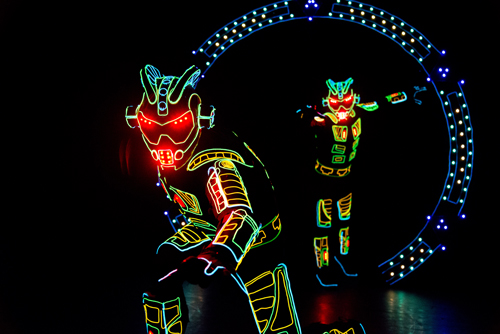LAGOS, Nigeria (VOICE OF NAIJA) — To a visual artist eager to experiment with codes and algorithms, it has the same potential for creativity as a paintbrush or a camera or other creative tools.
Here are “four stories” that demonstrate that beauty has no bounds when visual art meets technology. You can observe a conversational interaction develop when an interactive artwork engages viewers. Until those interactions are permitted to take place, the artwork has not really been fully realized.
The first story is that of Janet Eckelman, a visual artist from Brookline, Massachusetts in the United State, who uses sculpture, form, and light to enhance society.
Janet stated: “I see my work as woven into the fabric of cities. These soft fibers move and adapt to the wind, light, and rain, and they are way of being. They are about interconnectedness, so that we can literally change the spaces in which we live in cities.”
Her work has been hosted on five different continents. It takes an incredible team to create one of her sculptures. She is constantly collaborating with computer scientists, artists, and structural and aeronautical engineers from around the world.
In some of her most recent works, she uses scientific data sets to reveal human relationships with the world, whether it be earthquakes and tsunamis or human behavior. She then begins sketching, either with a pen or a paintbrush. Finally, she proceeds to model it in 3D on the computer, and she also makes physical models.
They start off as unprocessed fiber that is braided into twine and rope, wound into bobbins, and loomed by machines. The ropes are then spliced by hand to take the work and place it throughout the city, turning it into a completely different level of artistry.
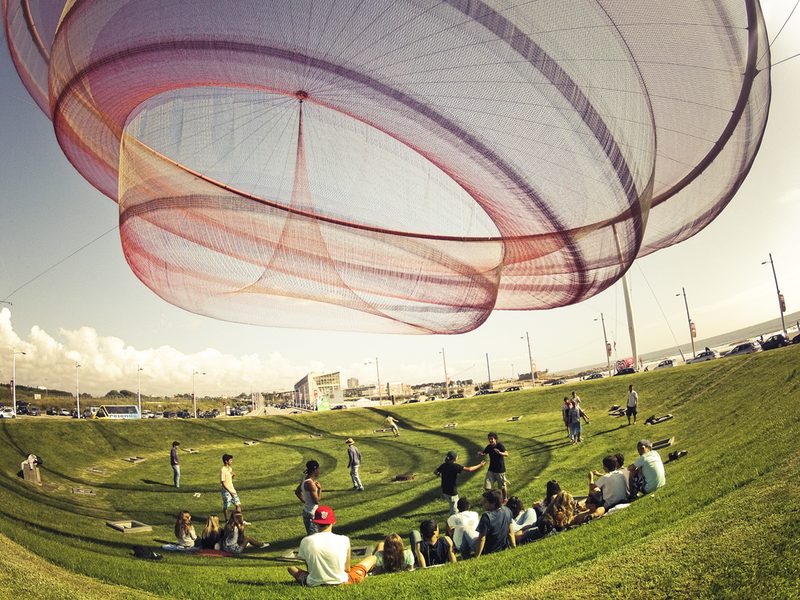
The piece comes together as a single sewn garment for the city. Her work primarily explores the dynamic character of life, which is constantly in motion throughout the day. The colors of the sculpture change slightly as the sunlight changes. She’s projecting colored light that is very slowly changing. It never looks the same twice, so if two people saw it, their reactions might be quite different. Her work invites people to engage with it.
Moving on to the story of a cybernetic artist named Geoffrey Drake-Brockman is the focus of our second story. He works in Perth, Western Australia, the world’s most isolated city. He lived two parallel lives for a very long time: the first as an IT professional working as a computer programmer, and the second as a painter. He kept the whole idea of art completely separate from computation, and that just sort of led to a crisis; he thought, “What am I doing? Who am I kidding?”
So he gradually allowed it in, and all of a sudden he was producing robotic art. He stated that “cybernetics is about interaction. It can be made out of any kind of technology. You can use electronics, computers, and even clockwork to enable conversations to take place between people and artworks.”
For him, the entire goal of incorporating technology into art is to make a piece interactive. When questioned further, he responded, “You can get deep audience engagement” “People look at a piece for hours on end instead of just a minute when he completes an artwork.”
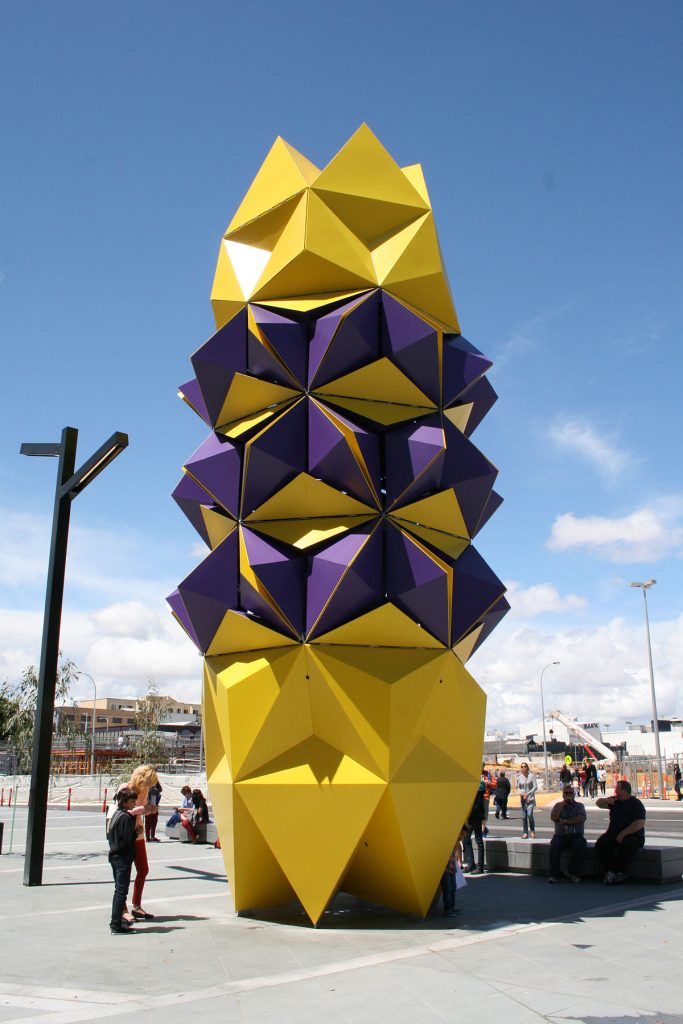
When he finishes a piece of art, he enjoys seeing how the viewer reacts to it. He keeps an eye on the interaction that occasionally occurs between the audience and the artwork. People treated the artwork as though it were a person they were smiling at, waving to, or talking to. So he thought, “How far can we take this?” The part he loves most of all is when it’s done, when the vision is realized, and when he can set the artwork free and watch it interact with people. It’s actually doing what it’s meant to do and creating what it’s meant to create.
Moving on, those with a more detached perspective on software development and those who are not involved in it may not always appreciate the level of creativity required to read lines of code. It’s similar to reading poetry; it’s an art form in itself, and it’s a culture that really brings ideas to light. This brings us to the third story I want to discuss, which is that of Miral Kotb, currently residing in Houston, Texas, United States.
Miral Kotb is a successful entrepreneur in the performing arts and technology development. She founded iLuminate, the first light dance technology company in the world, in 2009 by fusing her love of dance with technology.
She began programming when she was nine years old and was a dancer as well. In her statement, she said, “My father was a dancer, and so it was in my blood. There’s one egg where Mateo is on his own. I had a plan in life; I had a direction; I was going to be a professional dancer. Everything was lined up, and then I got cancer, and it changed the whole path of my life.”
Soon after beginning to write software from her hospital bed, she became obsessed with it and became convinced that it was the only thing that could keep her going. When she returned home, she yearned to resume dancing.
Then, as she was trying to mix dance with technology, she suddenly had the brilliant idea of using light suits and wirelessly programming them to make absolutely incredible performing art. She was able to execute her entire idea as she wrote the program and tried several successful ways.
It was as easy as pressing one button to turn on the light, another to alter the color of the light, and a couple more buttons to set off a series of sequences.
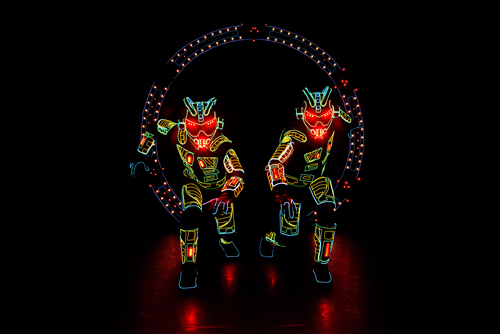
When she started performing in public, the more enthusiastic responses she received gave her the confidence to just go for it. A few months later, she and her dancers appeared on America’s Got Talent, and the rest is history. Apart from that, Illuminate is currently hosting their own show, which has been performing on Broadway for a while and regularly goes on national and international tours.
The final story I’d like to share involves Adam Lowe and the Factum Foundation in Madrid, Spain. The foundation is in charge of conserving the historical and cultural legacy of the world, from the exact replica of Verenese’s wedding in Canada to replicas of the Tomb of the Truth, Carmen in the Valley of the Kings, and the Borgarini Chapel.
An identical facsimile of Seti’s tomb is one of the Factum Foundation’s largest projects; the first one was presented to the people of Egypt as soon as it was finished.
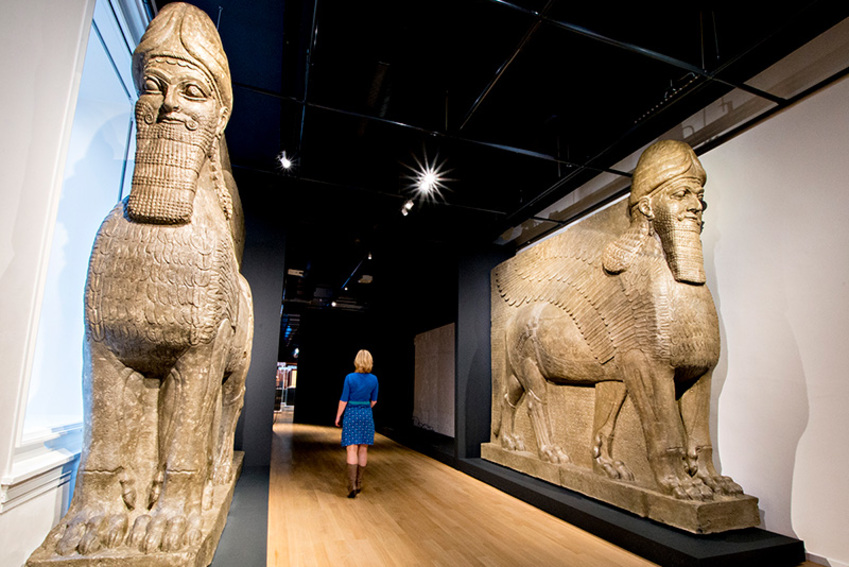
Adam Lowe believes, “Two hundred years ago, the concern was not one of preservation; the concern was one of Indiana Jones, discovery, excitement, and cultural acquisitions. The tombs in the valley of the kings lasted successfully for three thousand years, but since they’ve been visited, they’ve started to decline and decay rapidly.”
According to his statement: “I think the facsimile is opening up a whole new level of possibility for display preservation, conservation, restoration, communication, and dissemination of what’s important about these objects. If only we can preserve it as it is, document it, and hand it on to future generations, then there’s hope. The main difficulty of working with any vulnerable or fragile work of cultural heritage is the respect one has to have for that object.”
The ability to record an object’s surface down to millimeter-level accuracy is currently possible thanks to technology, and it is through this kind of understanding that people from different eras and cultural backgrounds may connect. It is an immense challenge to maintain and preserve cultural heritage. The Factom Foundation’s mission is to preserve cultural heritage.
As a result, they have the data required to know precisely what was present in the event of a tragedy or accident. To transfer that knowledge back to the real world, they are developing a number of innovative techniques, from 3D printing to CNC milling.
Finally, with all these stories I’ve shared, we notice a common theme. They’re all leveraging technology to push the frontiers of visual art, and as a result, they are having a significant influence in today’s world. I’d like to encourage you, as a visual artist, to explore alternative ideas and implement technology into your work.
Thank you for reading.




